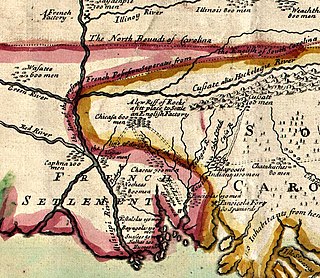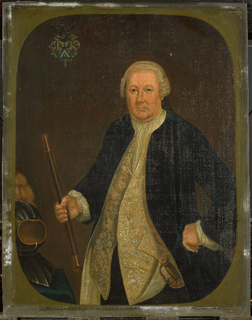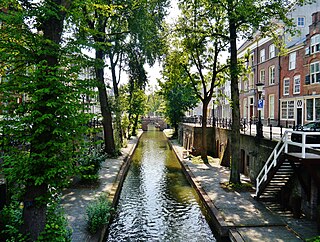
1736 (MDCCXXXVI) was a leap year starting on Sunday of the Gregorian calendar and a leap year starting on Thursday of the Julian calendar, the 1736th year of the Common Era (CE) and Anno Domini (AD) designations, the 736th year of the 2nd millennium, the 36th year of the 18th century, and the 7th year of the 1730s decade. As of the start of 1736, the Gregorian calendar was 11 days ahead of the Julian calendar, which remained in localized use until 1923.

1686 (MDCLXXXVI) was a common year starting on Tuesday of the Gregorian calendar and a common year starting on Friday of the Julian calendar, the 1686th year of the Common Era (CE) and Anno Domini (AD) designations, the 686th year of the 2nd millennium, the 86th year of the 17th century, and the 7th year of the 1680s decade. As of the start of 1686, the Gregorian calendar was 10 days ahead of the Julian calendar, which remained in localized use until 1923.

1678 (MDCLXXVIII) was a common year starting on Saturday of the Gregorian calendar and a common year starting on Tuesday of the Julian calendar, the 1678th year of the Common Era (CE) and Anno Domini (AD) designations, the 678th year of the 2nd millennium, the 78th year of the 17th century, and the 9th year of the 1670s decade. As of the start of 1678, the Gregorian calendar was 10 days ahead of the Julian calendar, which remained in localized use until 1923.

Gustaaf Willem, Baron van Imhoff was a Dutch colonial administrator for the Dutch East India Company (VOC). He served as Governor of Ceylon from 1736 to 1740 and as Governor-General of the Dutch East Indies from 1743 until his death in 1750 at Istana Cipanas.

Events from the year 1736 in Canada.

The Hortus Cliffortianus is a work of early botanical literature published in 1737.

Adriaan Valckenier was Governor-General of the Dutch East Indies from 1737 to 1741. Mainly remembered for his involvement in the 1740 Batavia massacre, Valckenier later died in a prison in Batavia.

Johannes Thedens was Governor-General of the Dutch East Indies from 6 November 1741 until 28 May 1743.

Field Marshal Sir Alexander George Woodford, GCB, KCMG, was a British Army officer. After taking part in the Anglo-Russian invasion of Holland, he served in most of the battles of the Napoleonic Wars. During the Hundred Days he commanded the 2nd battalion of the Coldstream Guards at the Battle of Quatre Bras, the Battle of Waterloo and the storming of Cambrai. He went on to become lieutenant governor and brigade commander at Malta, lieutenant governor and brigade commander at Corfu and then commander of the British garrison on the Ionian Islands before being appointed Governor and Commander-in-Chief of Gibraltar.

Petrus Albertus van der Parra was Governor-General of the Dutch East Indies from 1761 to 1775.

Jeremias van Riemsdijk was a Dutch colonial administrator who served as Governor-General of the Dutch East Indies from 1775 to 1777.
Balthasar Coyett was a Dutch-Swedish official in the Dutch East India Company, serving from 1701 to 1706 as the Governor of Ambon. He was the son of Frederick Coyett, the last Governor of Formosa, and Susanna Boudaens. Balthasar's son Frederik Julius Coyett (1680-1736) was also a colonial official.
Stephanus Versluijs or Versluys was the 21st Governor of Dutch Ceylon.
Jan Macaré was an acting Dutch Governor of Ceylon during an interregnum from 7 June 1736 until 23 July 1736.
Jacob de Jong was an acting Governor of Zeylan during the Dutch period in Ceylon. He was appointed on 26 February 1752 and was Governor until 10 September 1752. He was succeeded by Joan Gideon Loten.

Iman Willem Falck was the 32nd Governor of Zeylan during the Dutch period in Ceylon. He was appointed on 7 August 1765 and was Governor until 5 February 1785. He was succeeded by Edward Hughes.

Willem Jacob van de Graaf was the 35th Dutch Governor of Ceylon during the Dutch period in Ceylon.
John Anderson was a colonel who served as acting governor of New Jersey in 1736.
John Hamilton (c.1681—1747) was an American politician from the colonial period who served as acting governor of the Province of New Jersey from 1736–1738, and from 1746–1747.
Abraham Josias Sluysken was the last Governor of the Dutch Cape Colony before British occupation in 1795. Sluysken was born in the Netherlands, and in 1765 became governor of the Dutch trading colony of Surat on the northwest coast of India. He was sent to the Cape in 1793. With his eye on defense in the case of a possible French attack, Sluysken commissioned the construction of a few small forts at Simon's Town in 1794. The following year, the citizens of Swellendam and Graaff-Reinet revolted and declared their independence from the Cape. At the same time British ships attack the Cape, and while Sluysken attempted to defend the colony against invasion, he had to surrender to the British forces on 14 September 1795. He returned to the Netherlands on 12 November.














